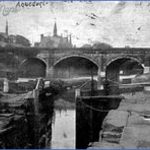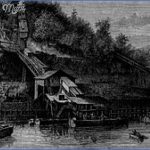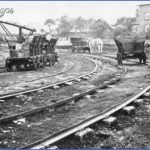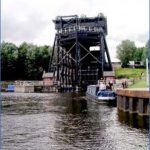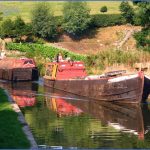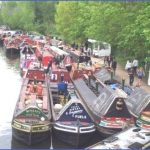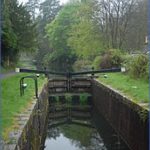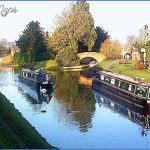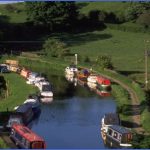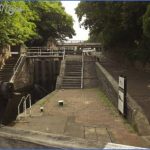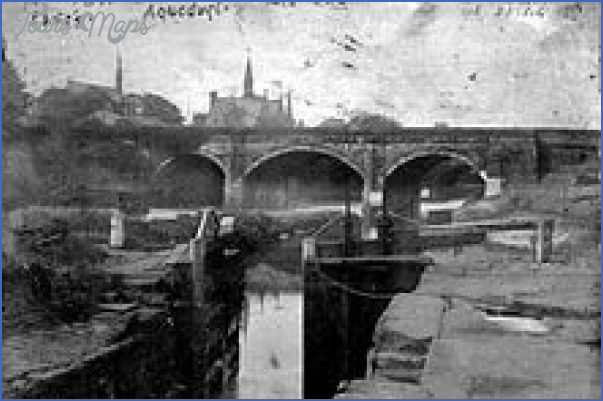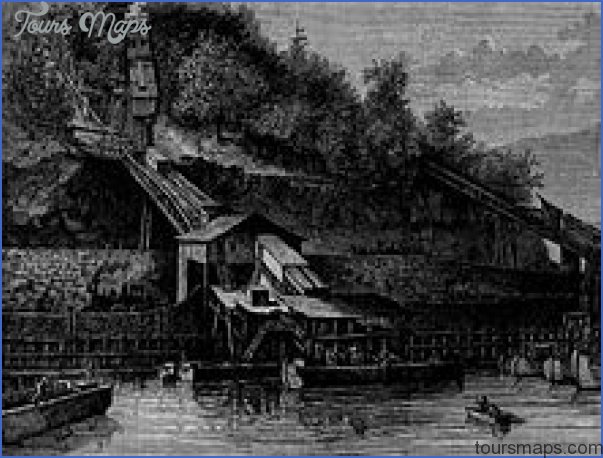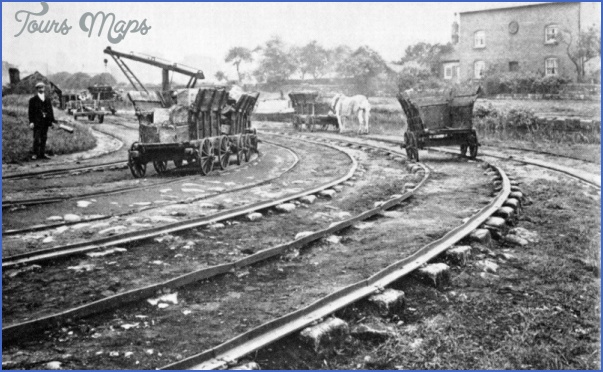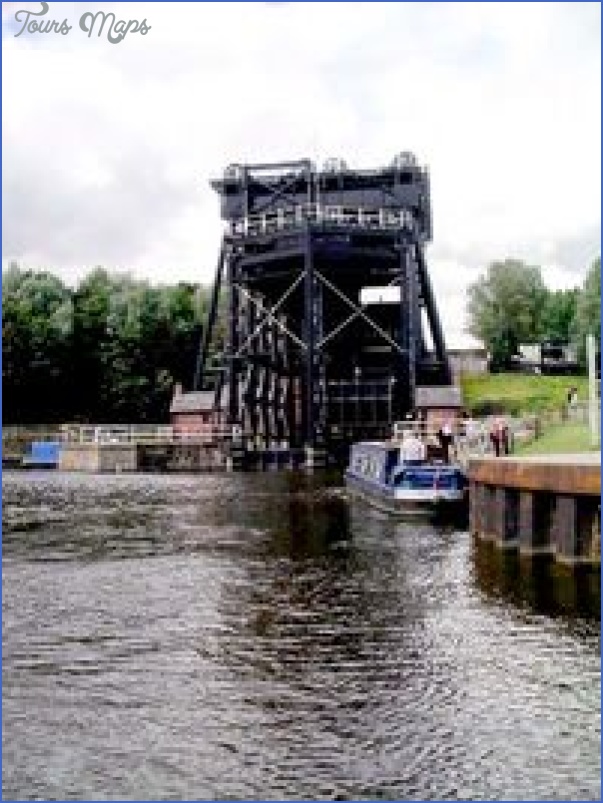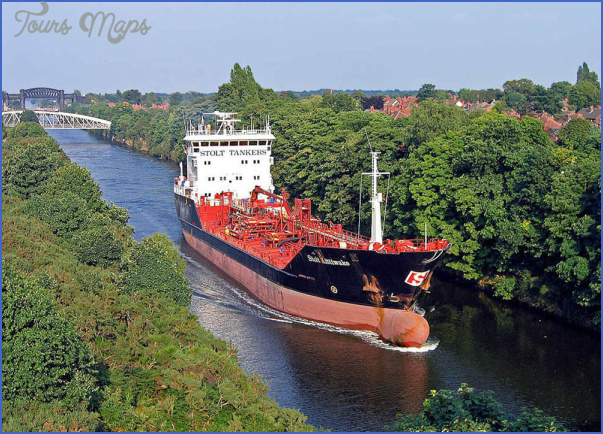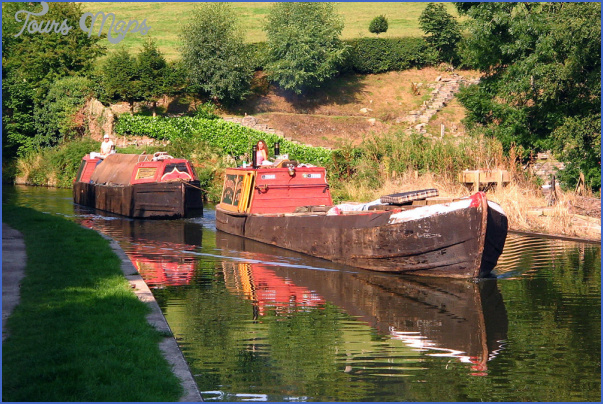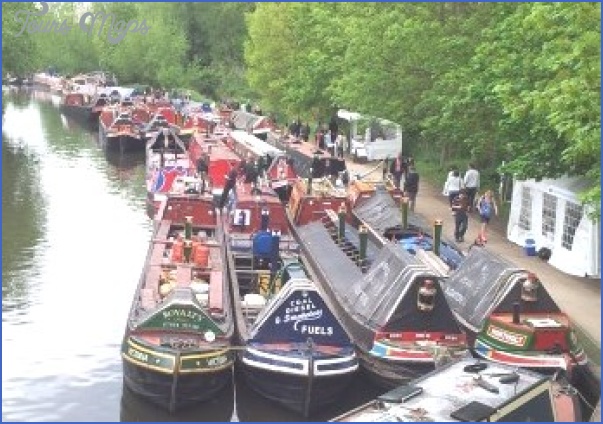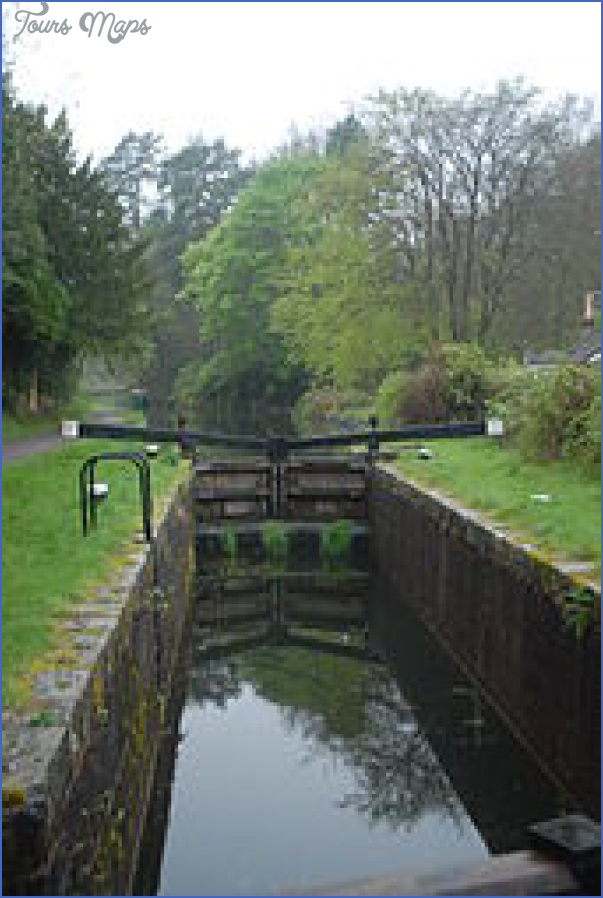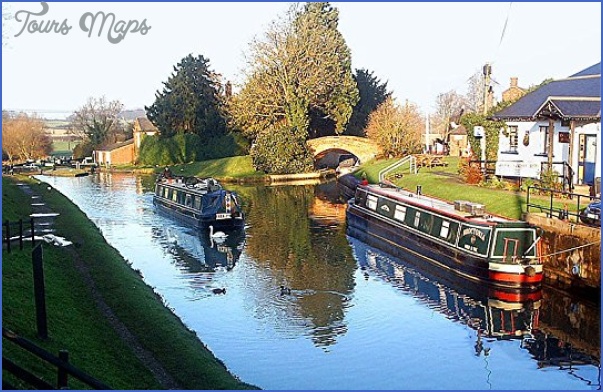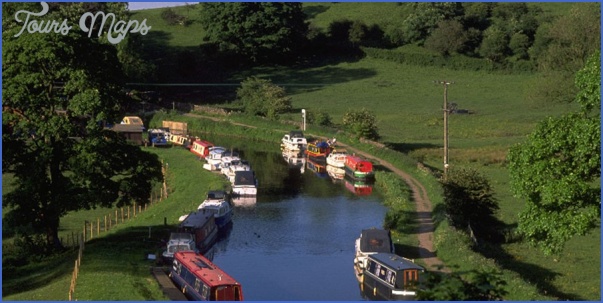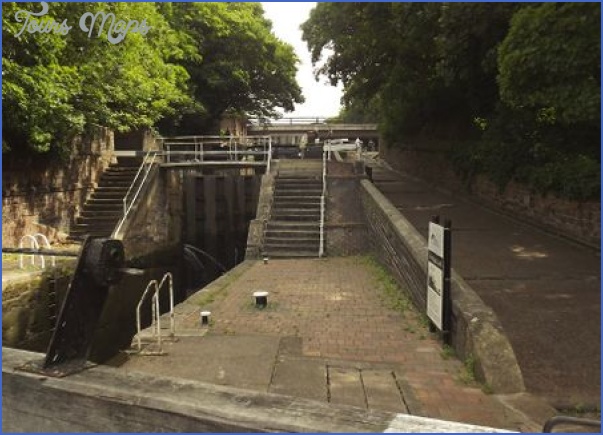The site of the nation’s first ‘Cut’ is a subject that gets rival tourist boards hot under the collar, and there are at least two main contenders. The Bridgewater Canal, so instrumental in the growth of Manchester as an industrial powerhouse, is thought to be the first, opened in 1761. Northern Ireland’s Newry Canal is older, however, opened in 1742.
In terms of waters adapted or cut as navigation channels, Exeter Ship Canal dates back much further, to the 1560s, while strictly speaking the Romans also created channels such as Foss Dyke for similar purposes. Perhaps we’d better let the tourist boards fight this one out.
BRITAIN’S EARLIEST CANAL? Photo Gallery
Barges depart from London, crammed with goods and materials.
For generations of urban children, canals have been an introduction to nature.
Canals were the motorways of their era and only declined with the advent of the steam train.
If the wealthy Victorian developers can be credited for the rise and rise of our canals however, they also contributed to their demise. The development of railways spelt the beginning of the end for canals, at least in terms of economic viability. Trains could carry incredible loads at far greater speeds. And whereas across Europe many canals were widened and improved to carry ships with much larger cargoes, UK developers were reluctant to go down that route – partly because the magnates who owned the canals were the same rich boys now pumping money into rail.
Leonardo da Vinci was the first to draw plans of the ‘mitre ’ gate, that came to be used as the standard lock gate worldwide.
The writing was on the lock gates, you might say. The picture-blog canals of the British countryside were built for narrowboats, not the huge vessels you might find in Rotterdam or Copenhagen, and without improvements, decline was inevitable. Some slowed down, others were rendered virtually derelict over the years. Various on-going canal projects were never completed -which is why at various places in the British countryside, canals seem to peter out aimlessly and unfinished. Some sit there in picturesque isolation; other weedy swamps barely figure on maps.
Maybe You Like Them Too
- Top 10 Islands You Can Buy
- Top 10 Underrated Asian Cities 2023
- Top 10 Reasons Upsizing Will Be a Huge Travel Trend
- Top 10 Scuba Diving Destinations
- World’s 10 Best Places To Visit

